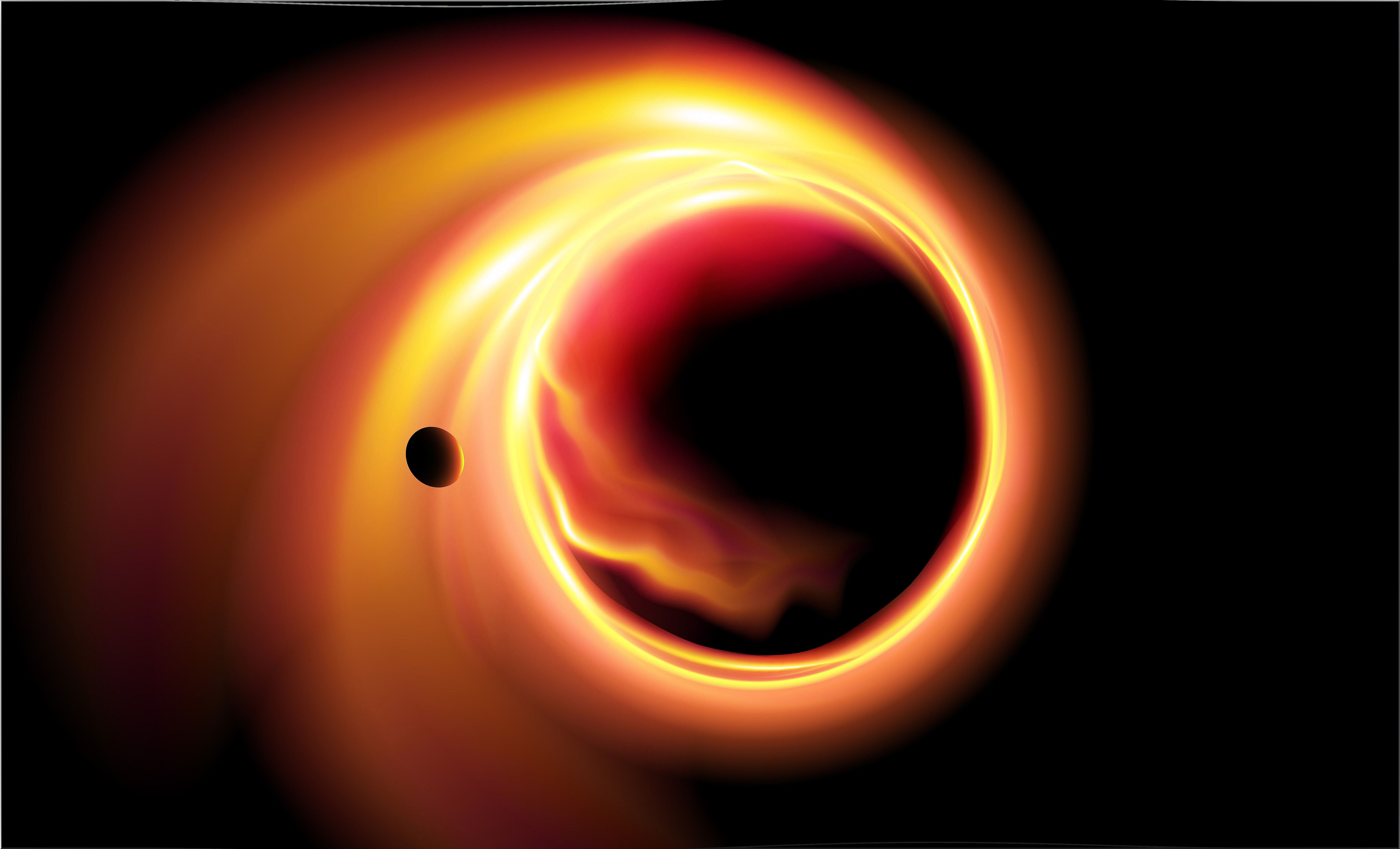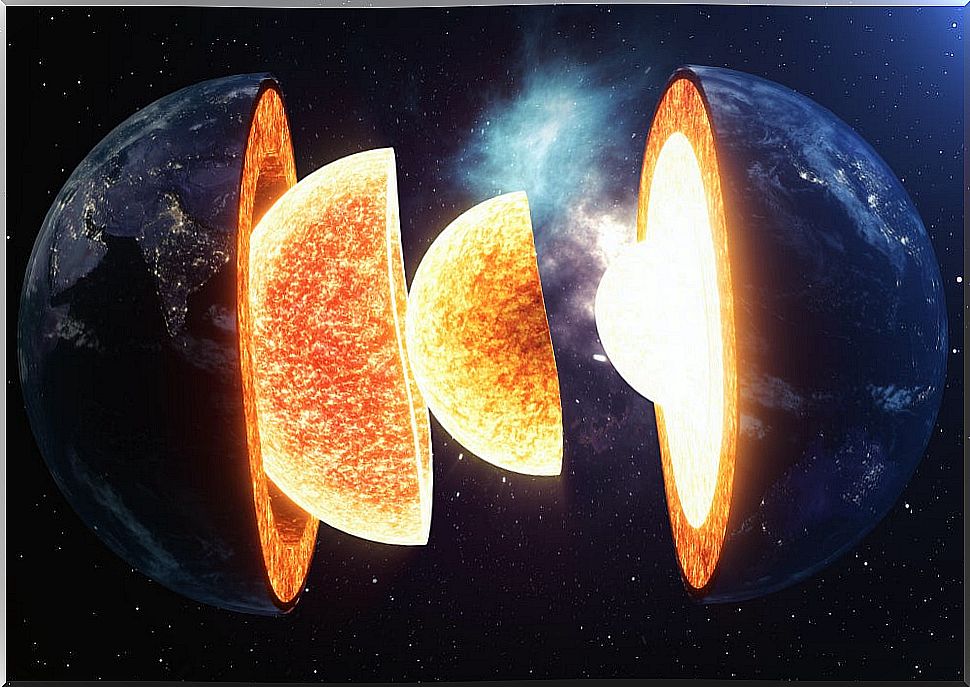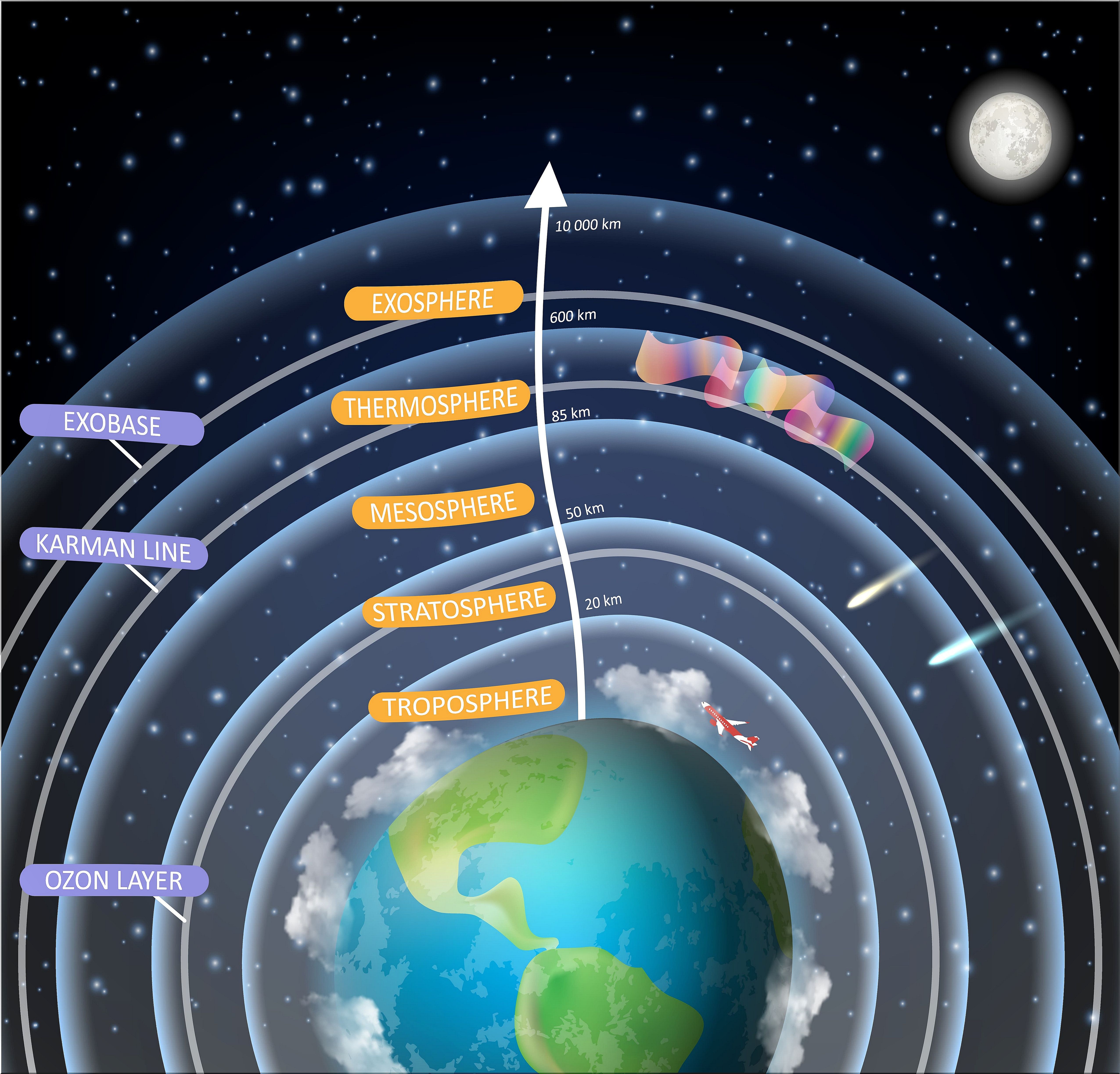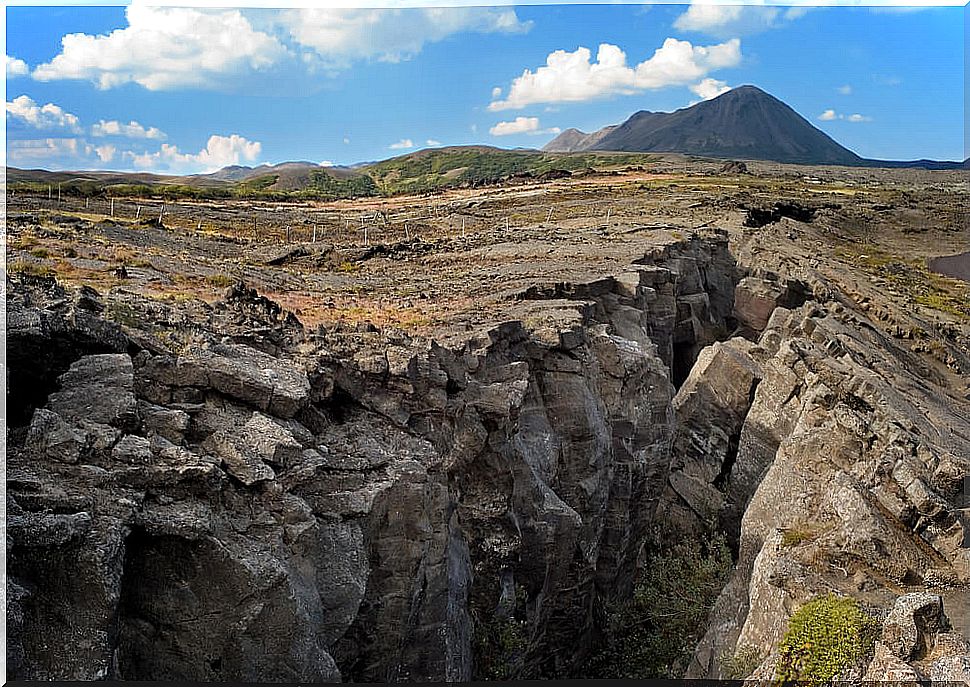Simple Explanation Of The Formation Of The Earth

Our beloved mother Earth was born 4.47 billion years ago. Much has changed since then when it was nothing more than a conglomerate of rocks and gases. High temperatures and pressures, explosions … We will try to summarize in a simple way how the formation of the Earth is believed to have taken place.
It is believed that about 13.8 billion years ago a terrible explosion known as the ‘Big Bang’ took place in which a large amount of matter was projected in all directions. Over time, this matter was congregating in suns, stars, planets, nebulae…, until forming galaxies.
How planets are formed
Well, from this same cloud of stellar dust our planet and the Sun were formed. The force of gravity exerted on it caused it to first conglomerate into small asteroids and, later, into larger rocks that, when merged, gave rise to the primitive planets. And, as if it were a game of cosmic marbles, they began to collide.

The energy emitted by the collisions and the constituent elements of the primitive planets caused that the temperature in their interior increased, melting the rocks. Over time, the outermost layers of the Earth began to cool, although its core remained incandescent.
Situated just enough distance from the Sun to allow such cooling, Earth was still an inhospitable and enraged planet. Without a gaseous atmosphere, bathed by rivers of lava and strewn with volcanic eruptions. But this lava only contributed to the increase in the earth’s crust.
As a result of volcanic eruptions, the original gases that would give rise to the atmosphere were released on the surface. Although at that time it would be composed of hydrogen, helium, methane, ammonia, noble gases and some clueless particle of oxygen.
From this incipient oxygen and atmospheric hydrogen subjected to optimal conditions of pressure and temperature , the precious water molecule that made life on our planet possible was condensed. In fact, to this day, we cannot conceive of life without the presence of water.
Land, sea and air fought for a while until each one found its place and were organized in layers ; an incandescent liquid core, maritime and terrestrial crusts, and gaseous atmosphere make the formation of the Earth an example, a priori , unique for its organization in layers.
Layers of the Earth’s formation
The structure of the Earth is what makes it so special. The characteristic formation of our planet in 4 layers with its sub-layers and the interconnection between all of them not only makes life possible in it, but it is itself alive and in constant transformation.

The geosphere is the layer that spans from the center of the Earth, the core, to the Earth’s surface. Nothing more and nothing less than a radius of 6,356 km. It is formed by the sub-layers: core, internal and external, mantle, lower, transition zone and upper, and the oceanic and continental crusts.
The biosphere is the layer of the earth that houses the set of living beings that inhabit our planet. Rivers, seas, mountains, lakes, deserts … From 1 km deep to 10 km above sea level is where we can find them.
The hydrosphere is the layer of the Earth that collects water on and under the earth’s crust : seas, lakes, rivers, oceans, polar caps, water vapor and aquifers. It covers 70% of the planet, although only 3% of liquid water is sweet, and it is immersed in a constant cycle of three states: liquid, solid and gaseous.
The atmosphere is the gaseous layer that, like a dome, culminates the formation of the Earth. It protects it from the incidence of the sun’s rays, small asteroids, and enables an optimal environment for life thanks to its composition rich in O² (21%). This gaseous percentage varies according to the stratum and subdivides the atmosphere into sublayers: troposphere, stratosphere, mesosphere, ionosphere and exosphere, with a total radius of 10,000 km.










